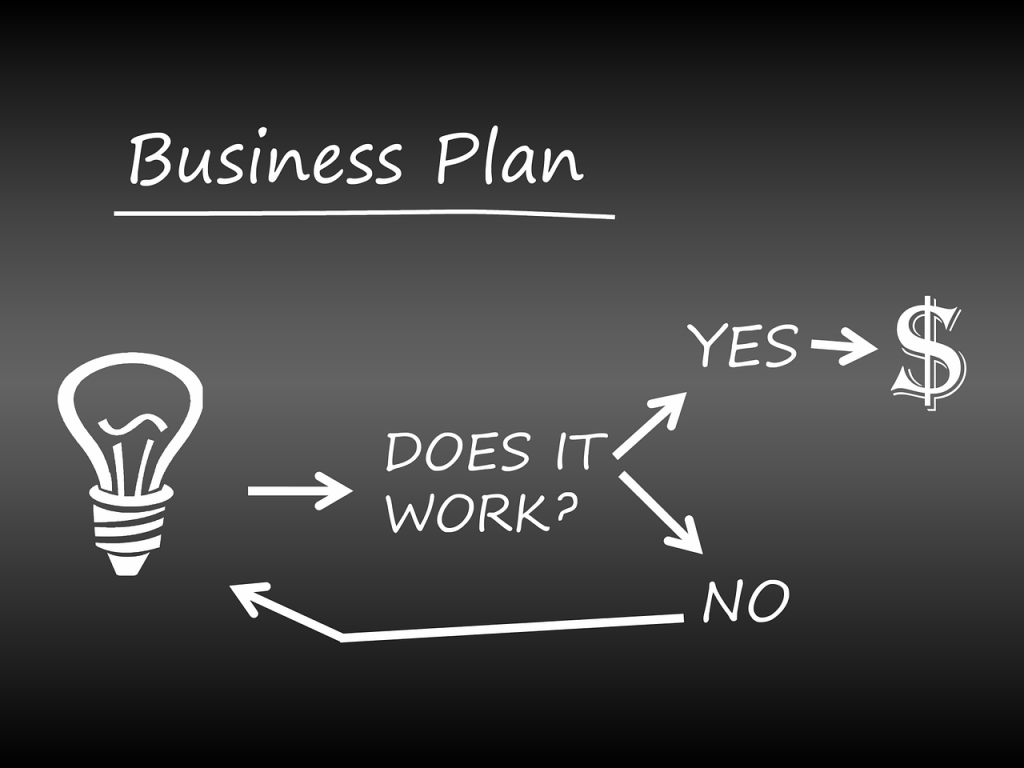
The cost of not knowing your business could be you!
Achieving operational excellence is a key objective for any organisation. But why do organisations find it so difficult to embed and or sustain momentum? Each year Executives invest an inordinate amount of money on initiatives that promise to deliver financial and operational risk benefits and many claim victory with the cry’s of “We’ve digitalised the process” or “We’ve streamlined the end to end experience”. On a closer look, don’t be surprised if just fragments of the process are automated or if ‘end to end’ is just confined to a specific business unit. Show me a customer experience that starts and ends within one single division and I’ll show you a company that doesn’t understand their business.
But it’s not hard to understand why this fallacy exists. It seems organisations are still currently compelled to implement organisational structures by functions, thereby limiting performance indicators and incentives on what each function controls, not end to end customer experiences. Even if we were to ignore the internal wranglings of which cost centre or division should fund or receive any of the benefits that initiatives promise, the ability to track and understand the true end to end impact is ridiculously laborious. In larger organisations, there are teams of finance experts whose sole job is to navigate and translate this internal reporting labyrinth. Not what I would call value-adding tasks for shareholders or customers. And that’s just the cost measure – what about the important end to end measures including the customer and staff experiences, operational risk performance and of course revenue – whaddya mean you’re not sure who is tracking all of these?

The cost of not knowing continues to raise its head year after year. Millions are being spent on remediation due to companies not knowing the true impact of the changes being implemented. Regulators are stepping up and are clearly expecting Executives to demonstrate their knowledge and ability to manage their end to end experiences, risks and controls. Investors are losing patience with limited transparency of progress and want more then what a balance sheet and the most recent NPS scores can provide.
Tracking true benefits (not just financial benefits) and the ability to adapt to shifting contexts is critical to embedding and sustaining any change. It’s critical therefore to ensure that all end to end benefits (customer and staff experiences, operational risks and controls, revenue and costs) are captured, monitored and acted on. However, in many organisations Executives have mastered the ability to dispose of any benefit challenges by rationalising how the reporting, interpretation and capture of benefits data may have changed since the project was first initiated and so it’s just not “like for like” anymore. And for good measure now try and cross-referencing it with the divisional, product or channel reporting. Good luck!
Of course, it doesn’t have to be this way. Nevertheless, it does require a significant change in leadership style, approach and accountability. Yes, it’s difficult and yes it’s challenging. If it was simple, everyone (including your competitors) would be doing it. So the question is “Are you ready to deliver on the expectations of your customers, staff, and shareholders?”
To help you on your way, here are some initial steps (based on personal experience), to accelerate your transformation from BAU to Operational Excellence.

First, identify and appoint a Group Executive as the recognised accountable ‘owner’ and decision-maker for each of your key customer experiences? If you have identified more than 25 key experiences then can I suggest that you may have overdone it! Remember customer experiences cut through structures, teams and divisions so if your “end to end” experiences are only measured within a division, rethink and reengage your customer view!
Next, get your SME’s and Experience owners together to prioritise your top 5 end-to-end experiences and get involved in discovering how they are performing. A requisite of end to end insights and measures include:
- customer (and staff) perceptions following their interactions of the experiences,
- high-level process flow performance,
- identification and performance of current operational risks and controls,
- ratifying what the objective of the experience actually is (typically the hardest part of the challenge),
- longer-term target state measures of the above to monitor any change against,
- agree to process and risk taxonomies to streamline your reporting,
- implement a single source of truth for end-to-end reporting (cx, risks, productivity, financials)
Finally, implement a governance structure with decision making representatives from the functions that manage or are impacted by the end-to-end experience. The key role of the governance is to meet regularly to discuss the end to end operational performance (see above), monitor and review changes that impact the experience and saying “No” if the change is not moving the experience towards your agreed target state. If designed and implemented correctly the number of Project Steering Groups, disparate projects, operational costs and risks will reduce dramatically!
It’s time to discover, challenge and transform.





